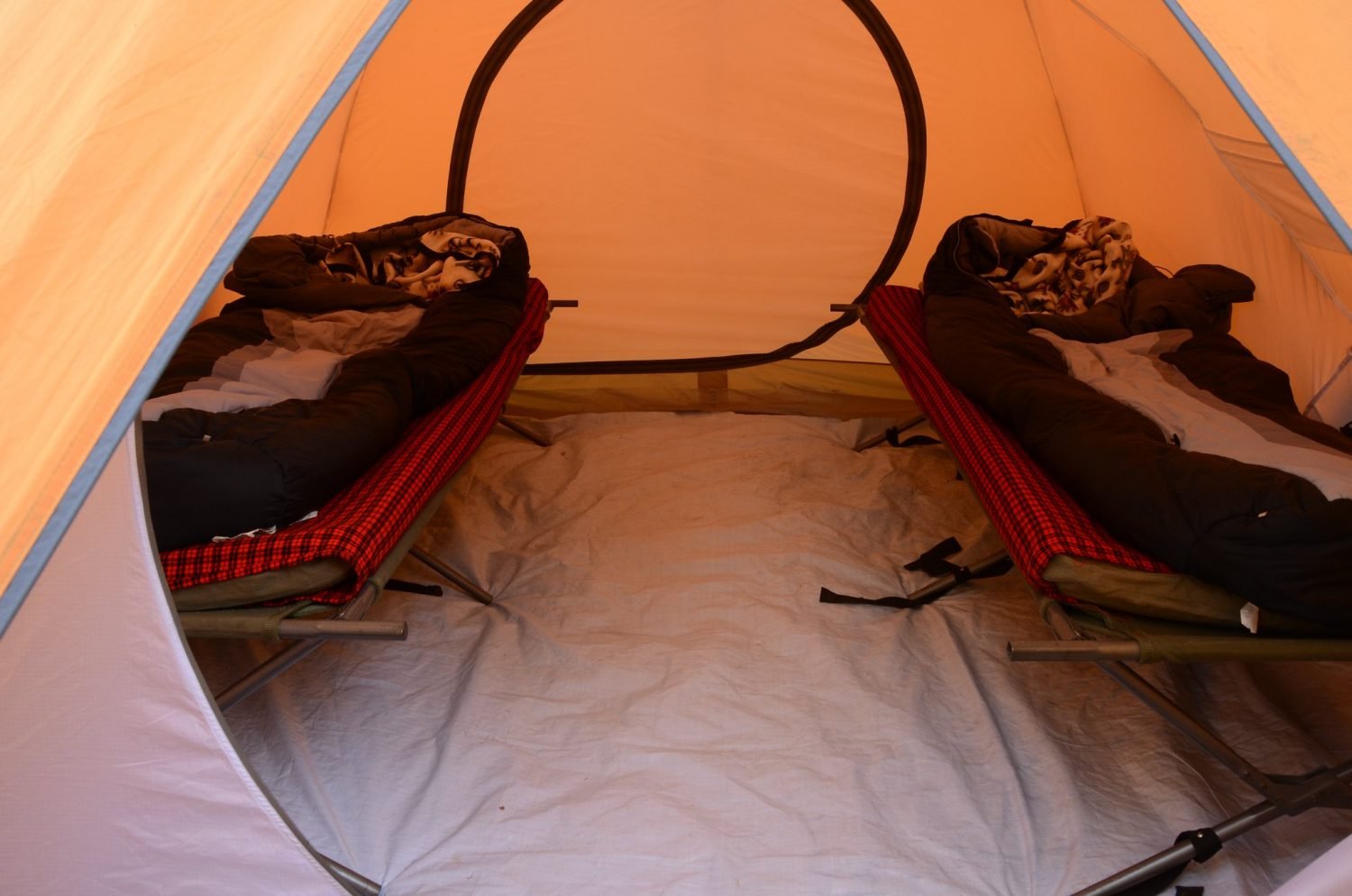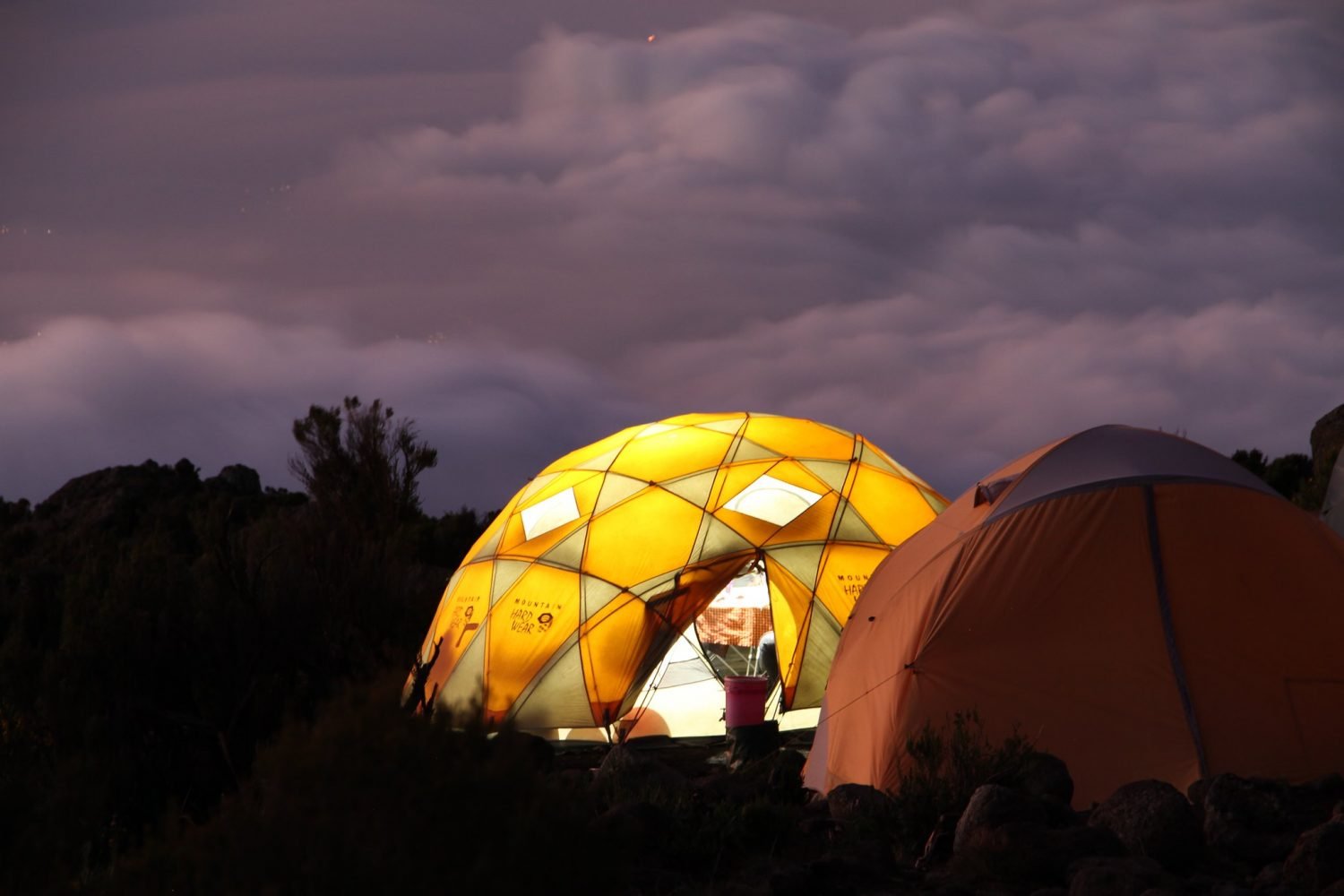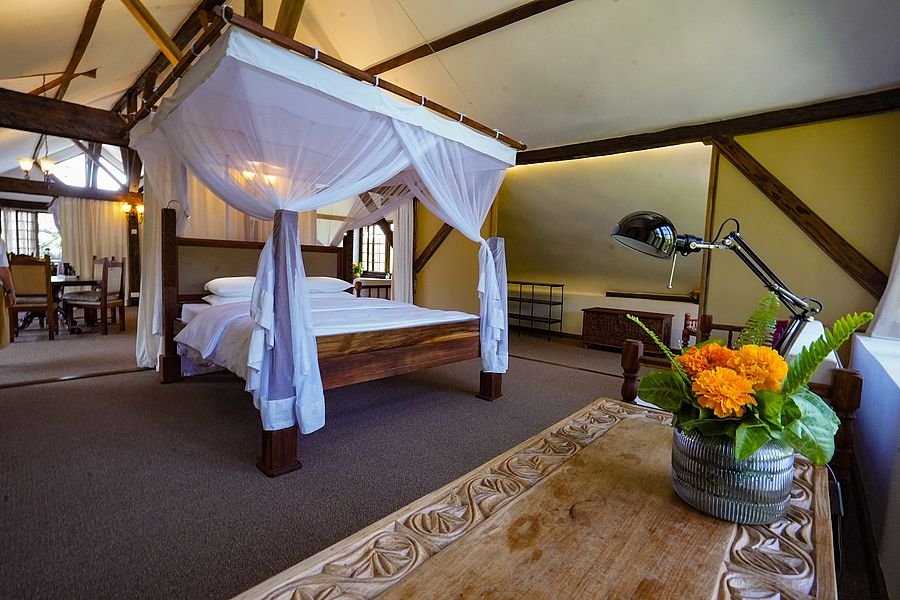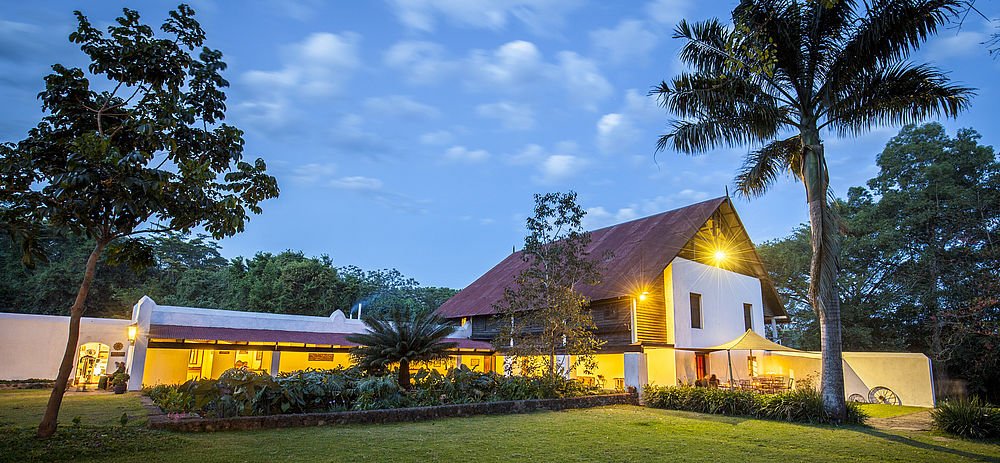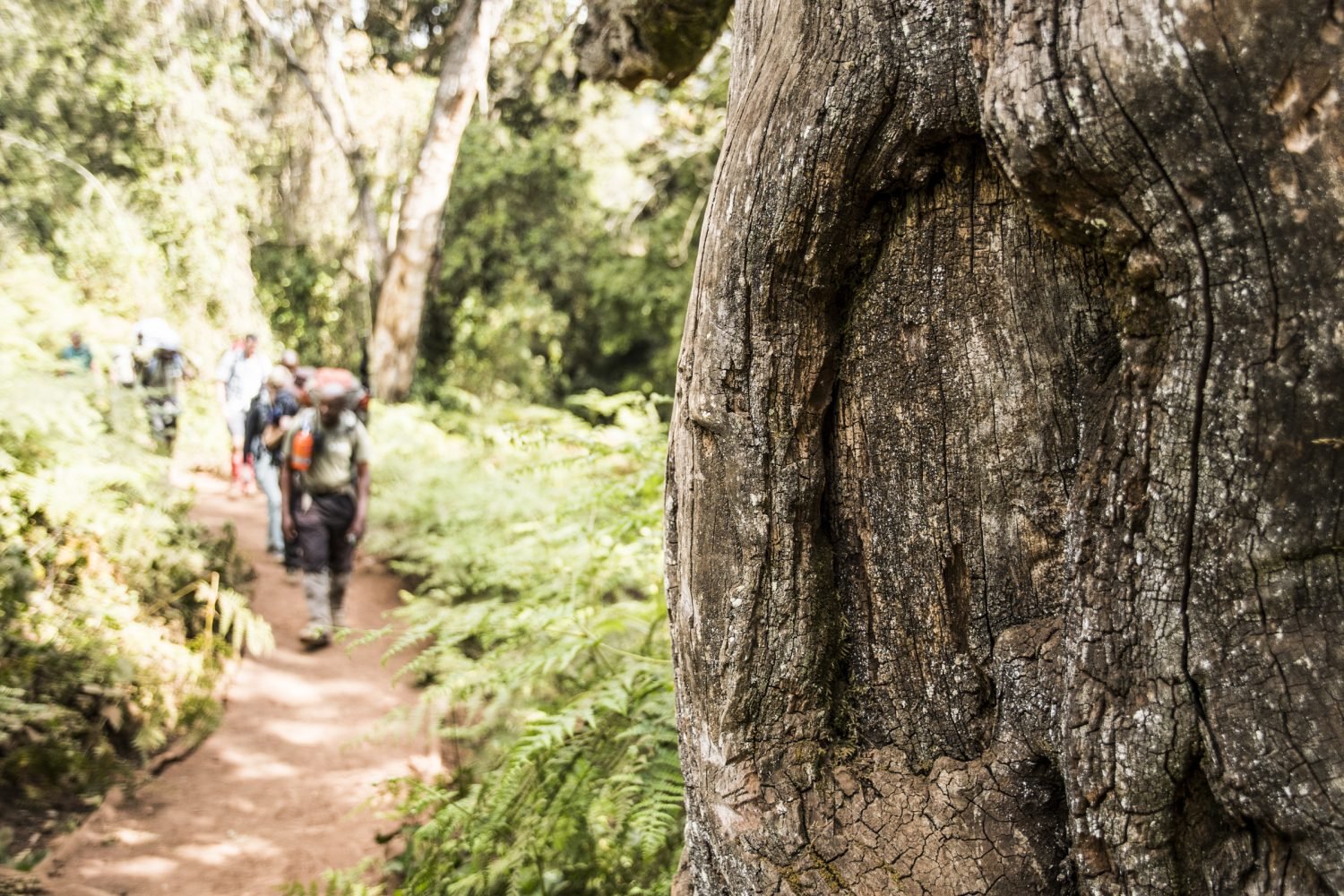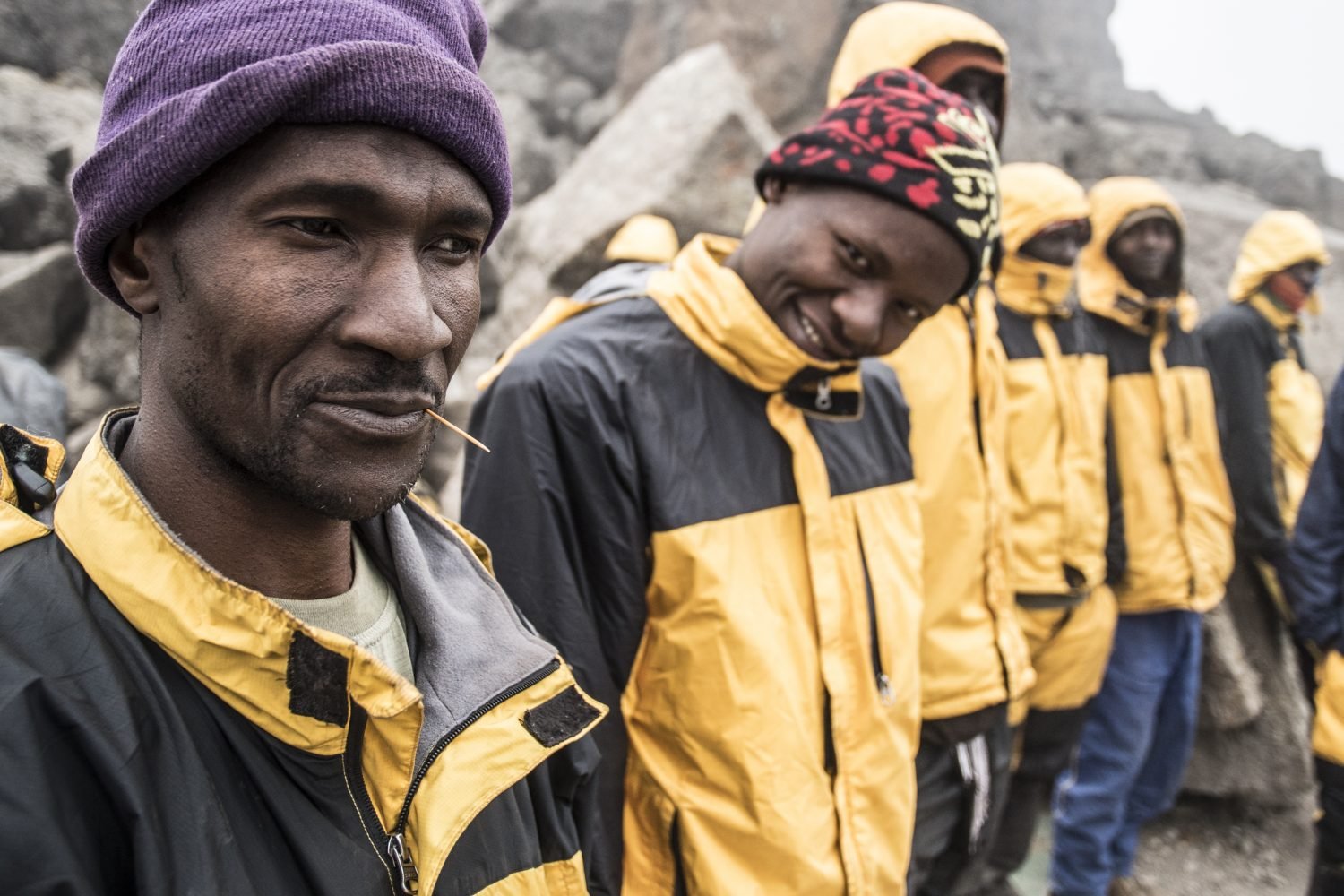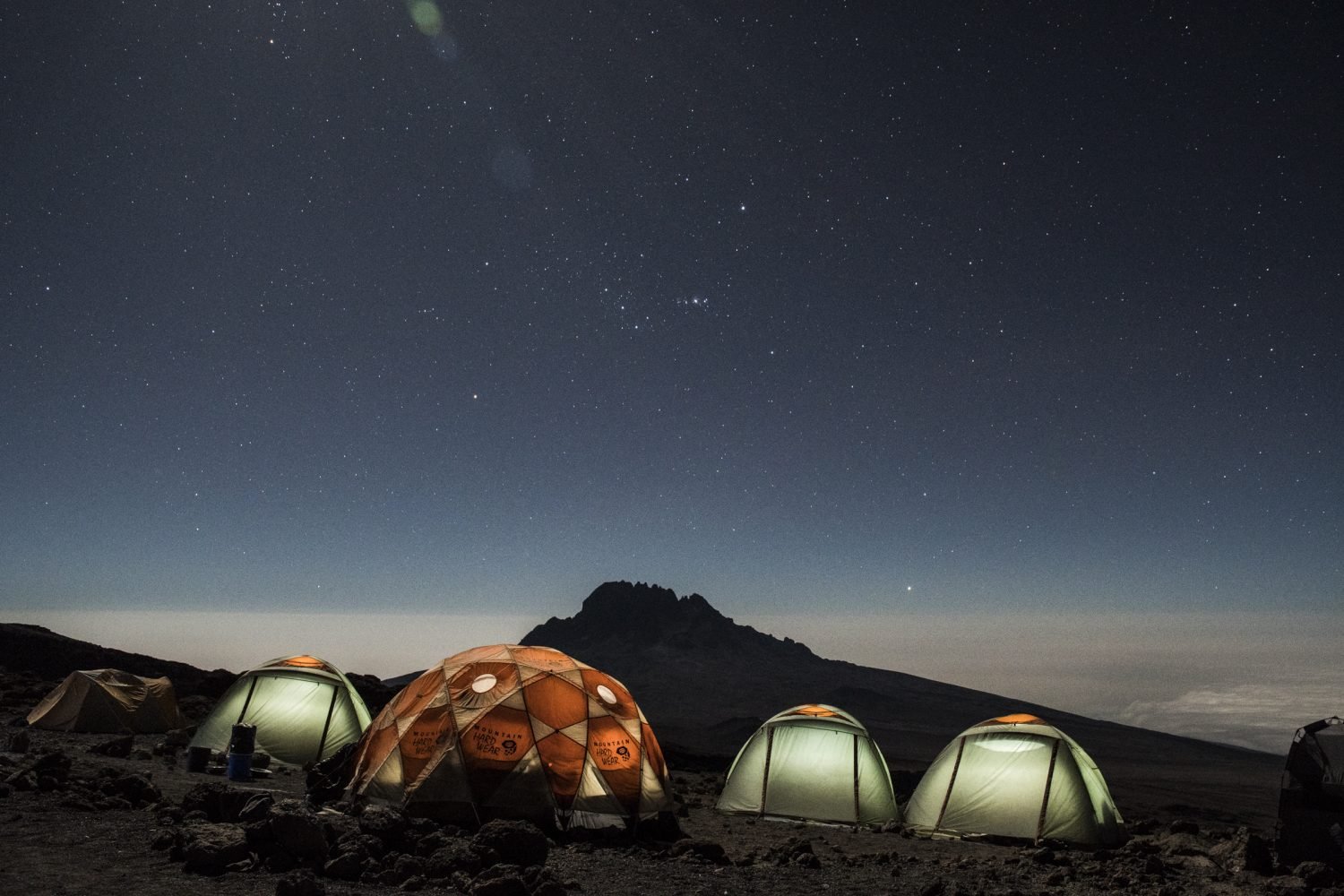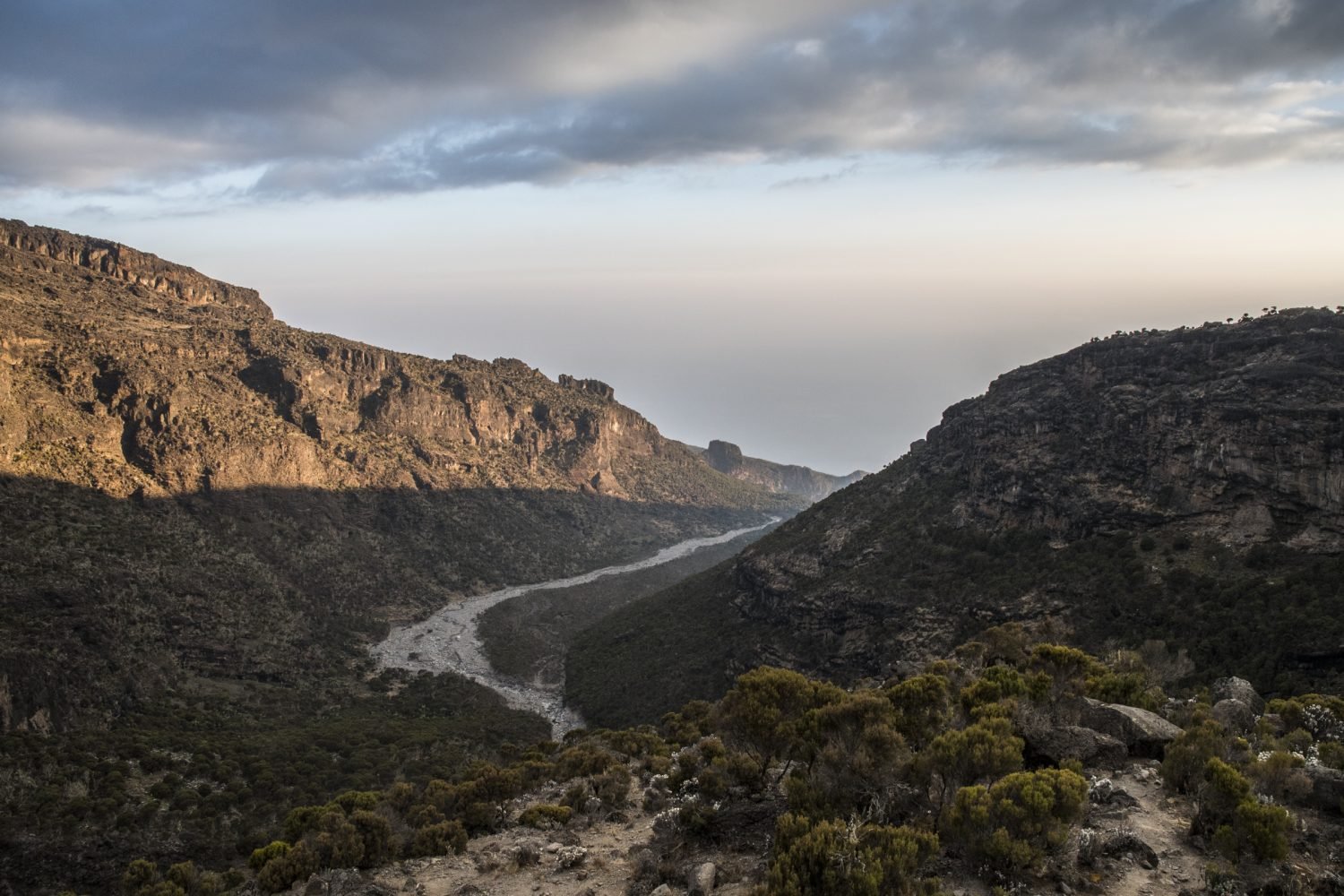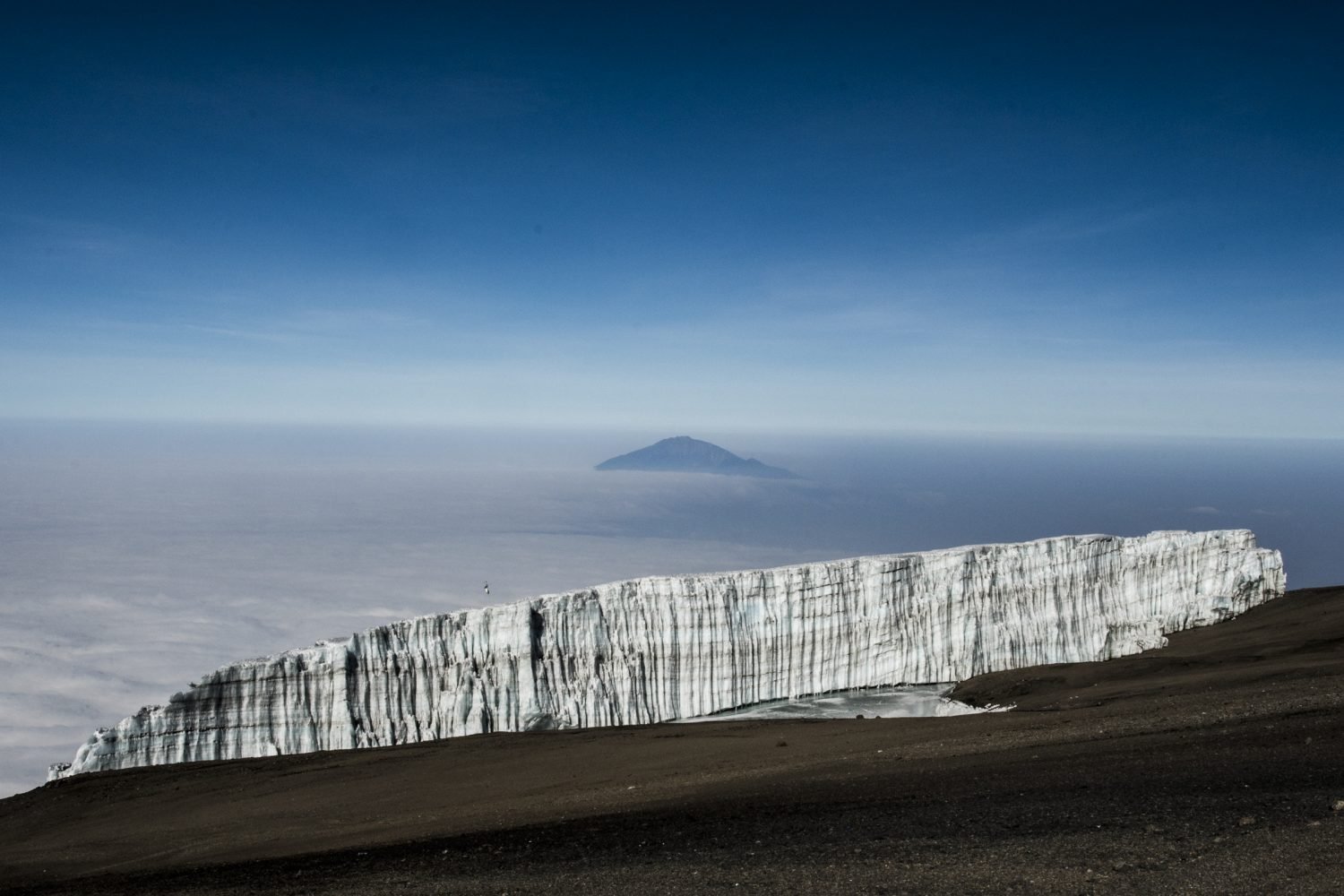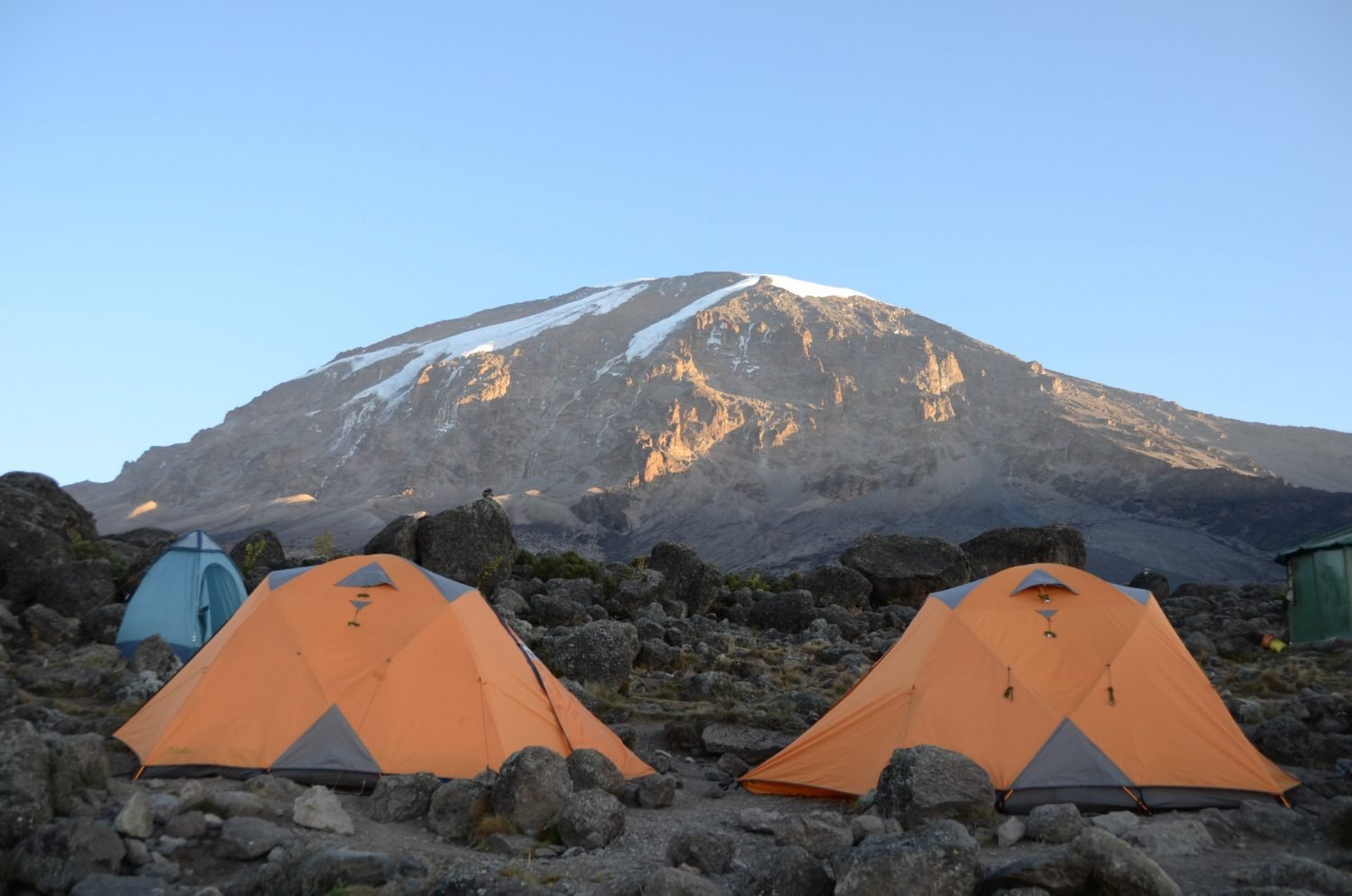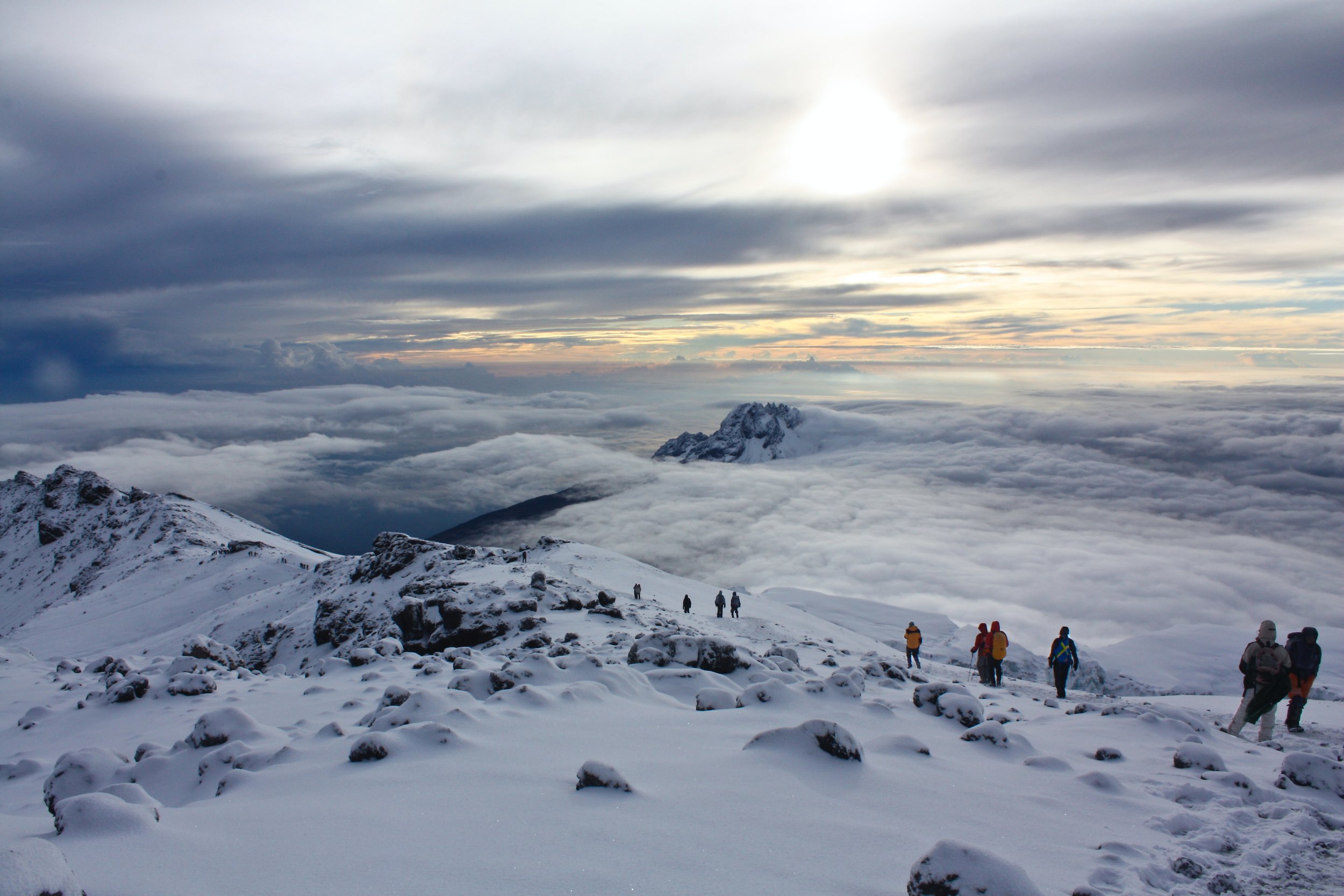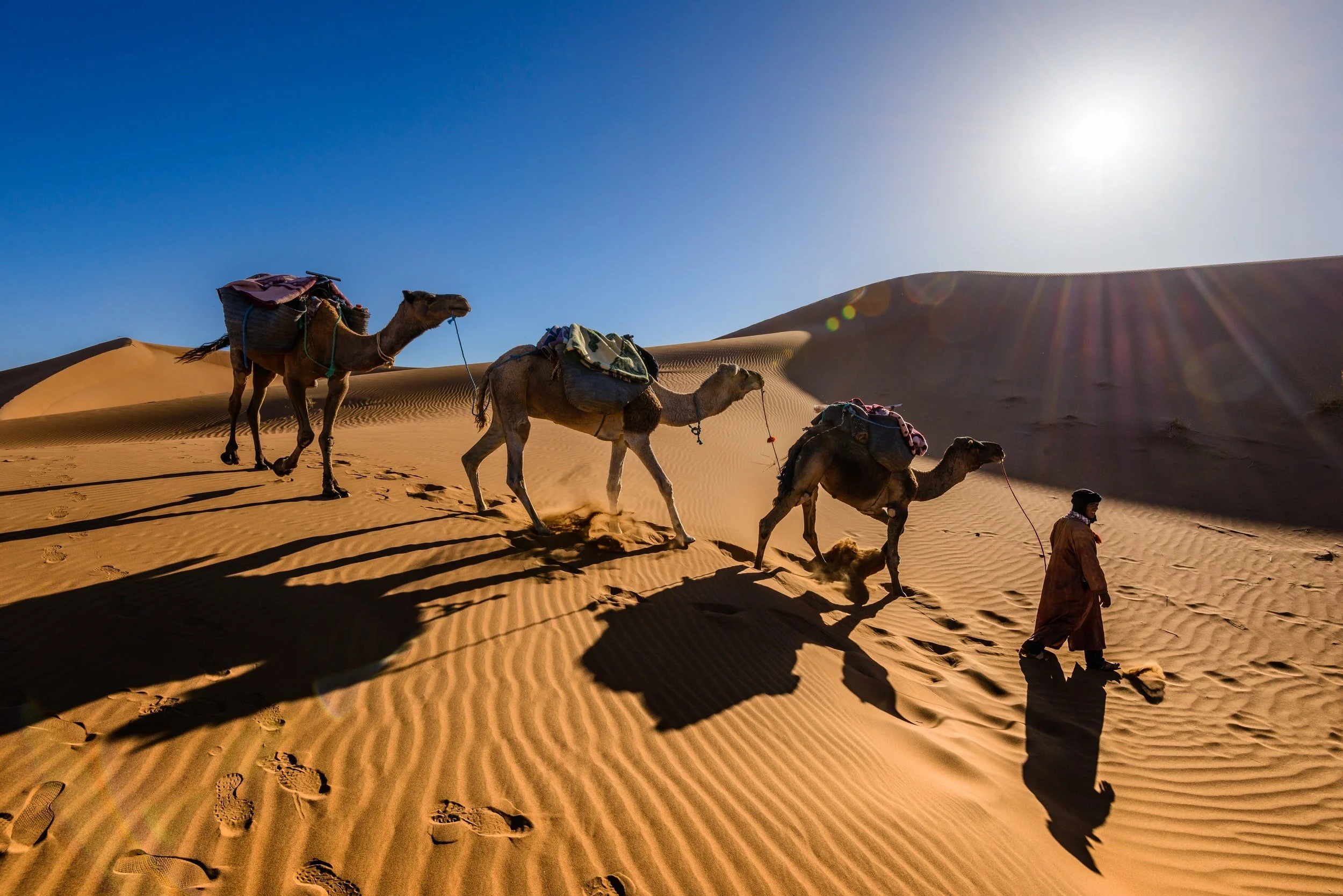Kilimanjaro Lemosho Route
Climbing Kilimanjaro is on many people’s travel bucket list. It is a trip and a challenge of a lifetime and we are incredibly careful about who we use to operate our Kilimanjaro trips to offer you the highest level of comfort and safety as well as operating in a way that gives the most positive impact to the guides, porters, community and environment.
WHY THE LEMOSHO ROUTE?
We like to recommend the Kilimanjaro Lemosho Route for the following reasons:
more acclimatization time to get used to the altitude
more culture, and more spectacular scenery.
this route ascends via Stella Point and not the Western Breach and for that reason is considered to be a safer route.
different routes to ascend and descend for more variety
This 8-day Lemosho route ascent to the roof of Africa begins at Lemosho on the Western side of the mountain and traverses the most spectacular parts of the mountain, including the Afromontane forest, Shira plateau, glacial valleys and alpine desert, Lava Tower, Barranco valley and up to the summit via Stella Point. The descent of Kilimanjaro mountain is via the Mweka route.
WHAT’S THE EQUIPMENT AND TEAM LIKE?
On our Kilimanjaro trekking trips we like to recommend the VIP specification. This level of trip has a mess tent with lightweight tables and chairs, a toilet tent, a shower tent, spacious walk-in guest tents, bed cots, a sleeping bag (-30f) with thermal liner and pillow. Most importantly, our local operator employs and trains the most knowledgeable professional guides. Their guides go through bi-annual wilderness training as well as our operator’s safety and emergency procedures. The guides carry a full safety and first aid equipment pack and the operator has a logistics team at base who monitors your trip from start to finish.
The key differences between the specifications are based on the amount of equipment provided and hence this affects the total weight of gear going on any given expedition. On Kilimanjaro, all gear is portered up and down and so the more equipment we take up, the more porters there are and the price varies accordingly.
Whilst we can offer cheaper trips with lower levels of service and comfort in terms of the equipment and types of food and extras, we do not alter the level of safety, safety devices or quality of the guides.
KILIMANJARO LEMOSHO ROUTE ITINERARY
We can, of course, offer pre and post-trips to explore more of Tanzania and go on safari and/or to Zanzibar’s beaches, but looking just at the trek to summit Kilimanjaro mountain, this is what the itinerary looks like.
DAY 1. Arrival into Arusha & Orientation
Upon arrival at Kilimanjaro International Airport, you are met by our local team and transferred to your lodge in Arusha. We typically use a lodge like Ngare Sero Lodge or River Trees Country Inn. There is a comprehensive briefing and equipment check with the local operator’s Trek Manager and your guide.
Arusha is the “safari capital” of Tanzania. Dramatically set below Mount Meru, this quirky, rapidly-growing town has a real frontier atmosphere, buzzing with the energy of people heading out and returning from safari or climbing Kilimanjaro. Enjoy lunch in a beautiful garden, shop at the many boutiques throughout town and tour a local coffee plantation while you are in town. Many of the boutique hotels in Arusha have a fascinating history, often tied to the origins of safari tourism as we know it today in East Africa.
Day 2. Trek To Forest Camp
From Arusha we set out in vehicles to the starting point of the Lemosho trail. Here you meet the rest of your crew and set off at a leisurely pace into an afromontane forest. Lunch is taken on trail, and camp is reached mid-afternoon. Hiking Distance: 4.4 miles. Hiking Time: 5 hours. Overnight in Forest Camp.
Day 3. Trek to Shira 1 Camp
From the forested slopes of Lemosho, you ascend through Podocarpus and Juniper forests and break out of the forest onto the heath zone and the Shira Plateau. Lunch is taken on trail, and you arrive in camp mid-afternoon. Hiking Distance: 4.4 miles. Hiking Time: 7 hours. Overnight in Shira 1 Camp
Day 4. Trek to Moir Hut Camp
Crossing the Shira plateau can be one of the most scenic parts of the trip and this morning the hike is for around 3-4 hours to the lunch point. After lunch, we ascend to Moir camp, arriving in the mid-afternoon. For those with the energy, an additional fun hike in the late afternoon is possible. Hiking Distance: 6.2 miles. Hiking Time: 5 hours. Overnight Moir Hut Camp.
Day 5. Trek to Barranco Camp.
Today is a walk high sleep low day. You ascend into the alpine desert, and for those that are feeling strong, you can even head up to Lava Tower before descending to Barranco camp. Lunch is taken as a picnic lunch en route. This is a long day, but note that the next time you head to this altitude is in two days' time - great acclimatisation day! Hiking Distance: 6.8 miles. Hiking Time: 8 hours. Overnight Barranco Camp
Day 6. Trek to Karanga Camp.
Today is a relatively short day with a hike to Karanga Camp, after conquering the Barranco Wall. The selection of Karanga Camp as a place to stay is strategically selected as it ensures that climbers spend a significant time at altitude and safely acclimatise. We arrive at camp in the late afternoon. Sunsets from here are particularly spectacular, with views of the southern glacial valleys and ice fields towering 1,000 meters (over 3,000 feet) above you. Hiking Distance: 3.7 miles. Hiking Time: 4 hours. Overnight Karanga Camp.
Day 7. Ascend to Barafu Camp.
Today is another half-day hike as we ascend to Barafu Camp. Lunch is taken in camp allowing plenty of time to relax before the summit bid tomorrow. In the evening here, splendid views of Mawenzi peak are the norm. A relatively early dinner is taken before heading to rest for the evening to get ready for tomorrow’s final climb. Hiking Distance: 2.5 miles. Hiking Time: 4 hours. Overnight Barafu Camp.
Day 8. Summit Bid and descent to Mweka Camp.
Most people depart just before midnight for the final summit bid. Patience and persistence is the name of game to reach the summit. By dawn, as the first rays of light start to appear, most arrive near the rim. Ascending via Stella Point affords a relatively short final section to Uhuru peak, the Roof of Africa! Congratulations - you’ve made it!
What goes up must come down and your goal today is to descend to reach Mweka camp before dusk. Hiking Distance: 10.9 miles. Hiking Time: 16 hours. Overnight Mweka Camp.
Day 9. Return to Arusha.
After breakfast we descend through the montane forest and around mid-day, after saying farewell to your crew, you are picked up and transferred back to your hotel. Here you can enjoy a well-deserved shower, rest and celebratory dinner! Hiking Distance: 6.2 miles. Hiking Time: 4 hours.
After completing your Kilimanjaro Climb, you may want to continue your exploration of Tanzania with a Wildlife Safari and Beach Stay. We have all manner of different options for you to choose from so get in touch and we can discuss what you would most enjoy!
WHY WE LOVE OUR LOCAL OPERATOR FOR KILIMANJARO TRIPS
We have carefully selected our Kilimanjaro operator as they are known for running an ethical business and operating professionally led climbs. We know the owners personally and partner with them on other global trips.
1. Ethics:
Our Kilimanjaro operator greatly values their staff, supports and trains them and supports them where-ever possible. They do not overload the porters and their payment policy is to ensure that porters and crews are among the highest paid in the industry. Their ethical approach, level of equipment and service means that prices are higher than the average ‘budget’ trip but you and the Kilimanjaro community will benefit from that.
2. Professional Guides and crews.
Our local Kilimanjaro operator carries out bi-annual training programs for guides, assistant guides, trainees and camp crews. Their in-house training also incorporates independent professionals from the Red Cross for CPR training and advanced first aid topics. They employ “Constant Monitoring” practices that include pulse oximetry and scorecard monitoring of key aspects of altitude sickness. Kilimanjaro is a high altitude trek and can be dangerous if your team are not trained in detecting and dealing with altitude sickness.
3. Focus on visitor experience.
With sound ethical practices and excellent training, our local operator has a well-motivated professional team that loves their work and their mountain. They not only guide you safely on the mountain but also educate and inform you about the environment you are walking through and are fun company. Endemic flora and the relationship between man and beast have all shaped Kilimanjaro’s ecology and the geology is as fascinating as anywhere on Earth.




